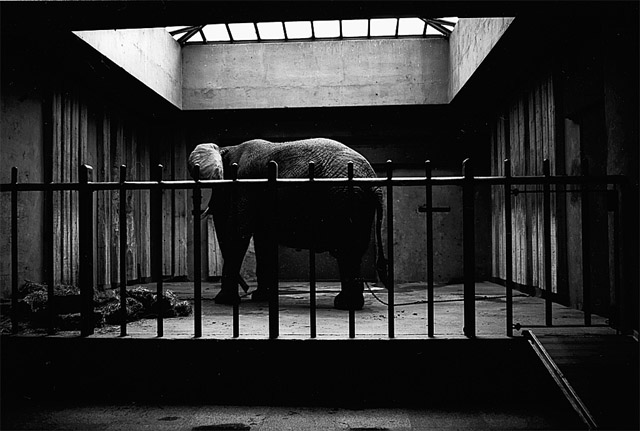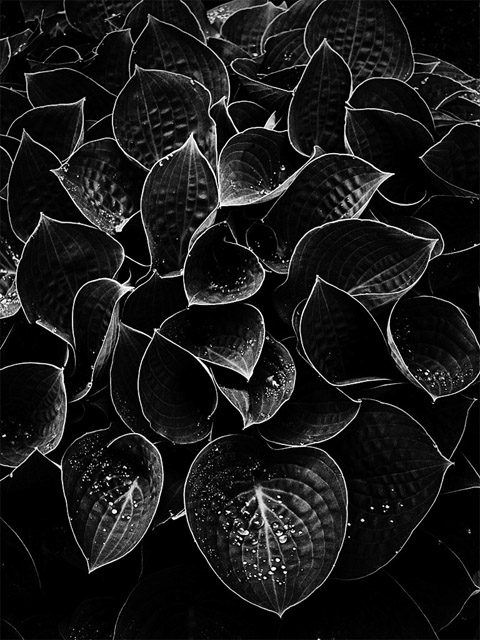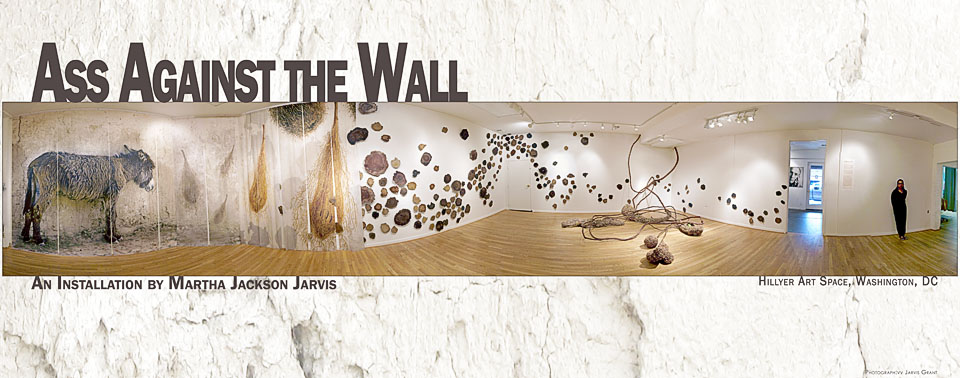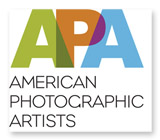From time to time I Google my name to see what the attempts I’m making with SEO are panning out. Last Friday I decided to check the “Images’ tab just to see what images were coming up. Well, to my surprise I discovered I was nominated for The Black & White Spider Awards. One image was in the Photojournalism Category and the other was for Nature. To be honest, I had forgotten I’d even entered this competition. I do remember that back in May that there was an online Awards Ceremony, but since I hadn’t received any kind of notification, I just looked at it as an “Oh well, maybe next year” moment. Yet, I thought I did submit some pretty strong work
Although I didn’t place, it was a great ego booster. While I had two photographs chosen for the exhibit, Sacred Reflections at the Driskell Center on the campus of the University of Maryland, it’s always good to get recognition from your peers about your work. So here are the images I was nominated for, The Amusement Prisoner and A Bed of Leaves.

"The Amusement Prisoner", nominated in the Professional Photojournalist Category. ©Jarvis Grant
The Amusement Prisoner was shot on black & white medium format film. I’ve always loved the moody aspect of this image. The scanned negative was brought into Photoshop to do a little tonal mapping for making new prints on an Epson 4000 printer.

"A Bed of Leaves", nominated in the Professional Nature Category. ©Jarvis Grant
A Bed of Leaves is part of an ongoing series of botanical subject made in the city. It doesn’t make any difference what city as I always have a camera with me. This was a digital RGB file converted to monochrome. Even when I use Nik Software’s Silver Efex Pro, I still go through some type of “Layer Voodoo” to control the depth of tones and space in the image.
I working with some new images now. Well, I should say I’m editing existing work into series now. Getting ready for the fall and winter season’s photo competitions. I’m working hard not to wait until a day or even a week before deadlines to do this work. It’s part of my New Year’s resolution of making me my most important client. These nominations really help to keep me on point in that regard. Case in point, when I was uploading images for this competition, in true fashion, I waited until the very last minute to upload my stuff, and was locked out of the competitions system after the first two uploads! So I think there’s an important lesson there!
All photographs, ©Jarvis Grant

![ExhibitionOnePager_900x1550_V2[1] Sacred Reflections Announcement](http://jarvisgranteditions.com/blog/wp-content/uploads/2011/07/ExhibitionOnePager_900x1550_V21.jpg)













